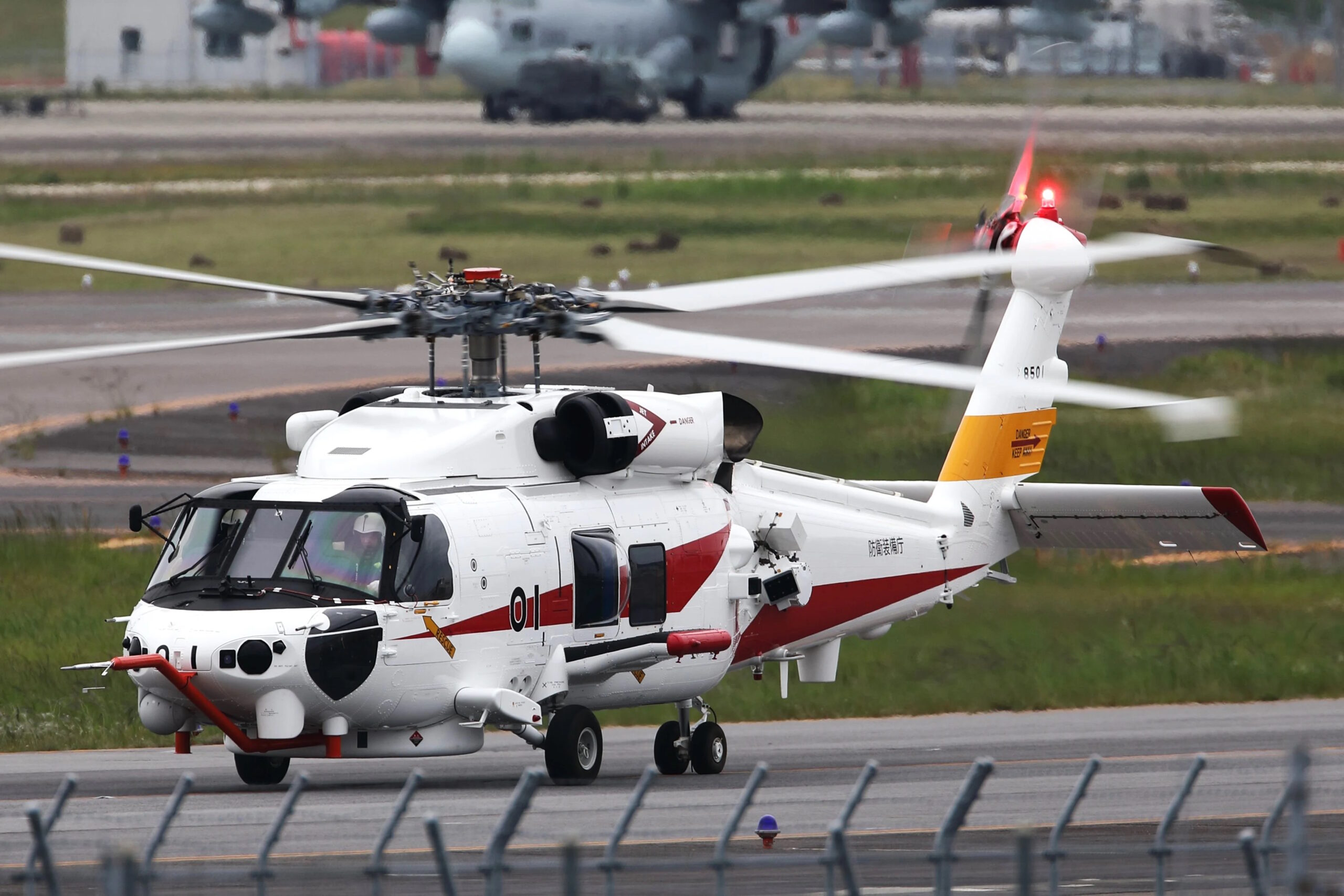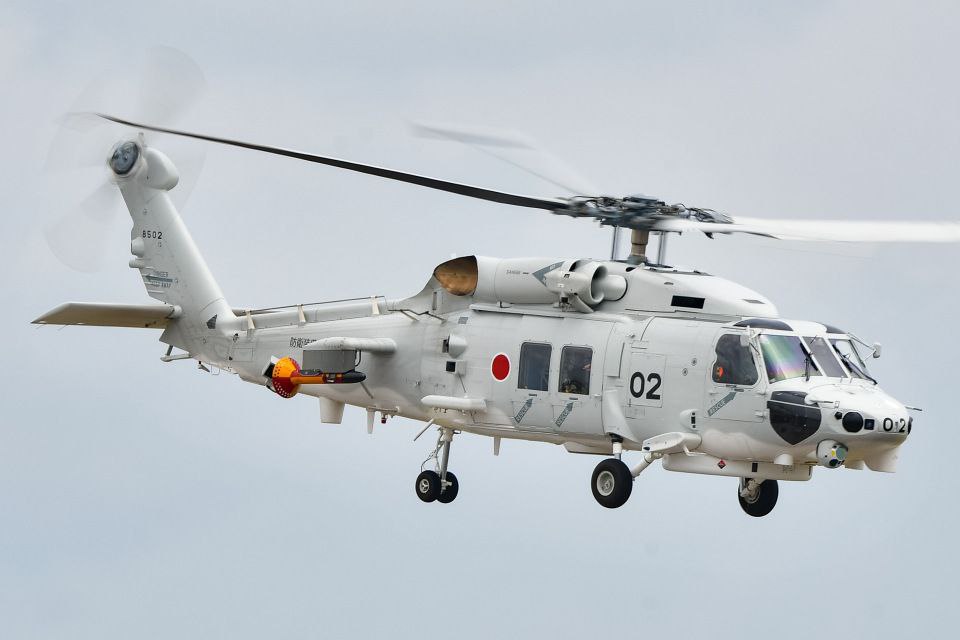


The Japanese Ministry of Defense has announced the completion of development of the new SH-60L anti-submarine warfare/naval cooperation helicopter, a program launched in 2015 to provide the Japan Maritime Self-Defense Force with a rotary-wing aircraft more capable than the SH-60K model currently in service in the frigate and destroyer units of the JMSDF.
The SH-60L is based on the SH-60K, which in turn is an improved version of the SH-60J, which began delivery in 1991 and was a Japanese version of the SH-60B with added sonar, like the SH-60F.
The SH-60L is intended to replace the existing SH-60K in order to secure superiority in anti-submarine warfare against overseas submarines with improved stealth characteristics.
The aircraft has improved on-board systems and flight performance, and prototype development began in fiscal 2015, and Mitsubishi Heavy Industries (7011) delivered two prototypes to the Defense Equipment Agency on September 29, 2021.
It has been determined that anti-submarine capabilities and other capabilities meet the required standards, including confirmation of operational concepts and specific maintenance plans.

The average mass production unit price as of August 2022 is expected to be approximately 8.1 billion yen, and the life cycle cost when approximately 80 aircraft are acquired is expected to be approximately 1,248.3 billion yen.
According to the budget proposal released by the Ministry of Defense on the 22nd, six SH-60L aircraft will be acquired in fiscal 2024 for 66.5 billion yen.
The current SH-60K was developed from 1997 to 2005 and received approval for military use in March of the same year. As of the end of March this year, the number of aircraft in its fleet is 73.
